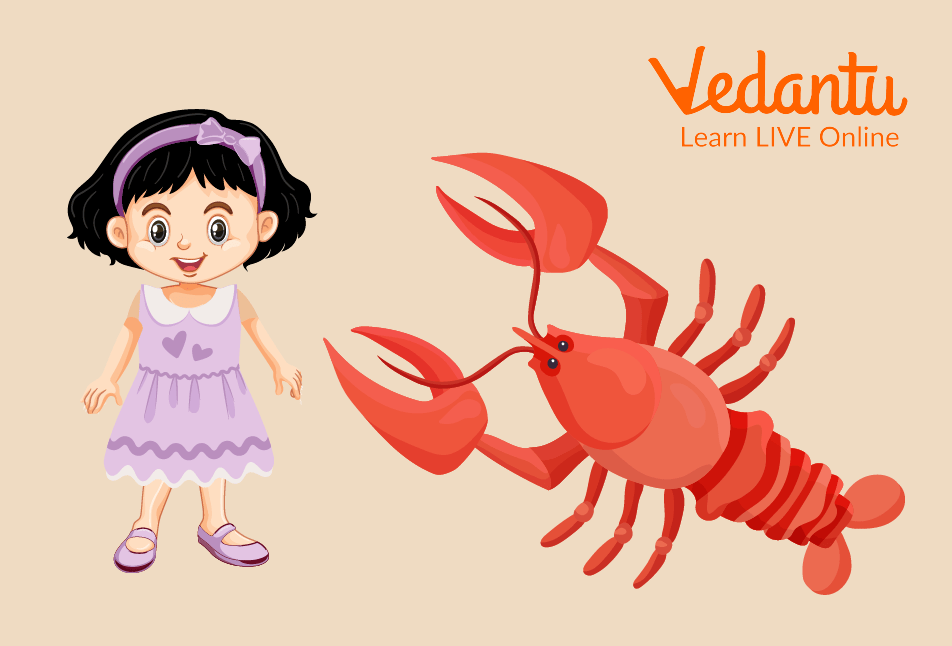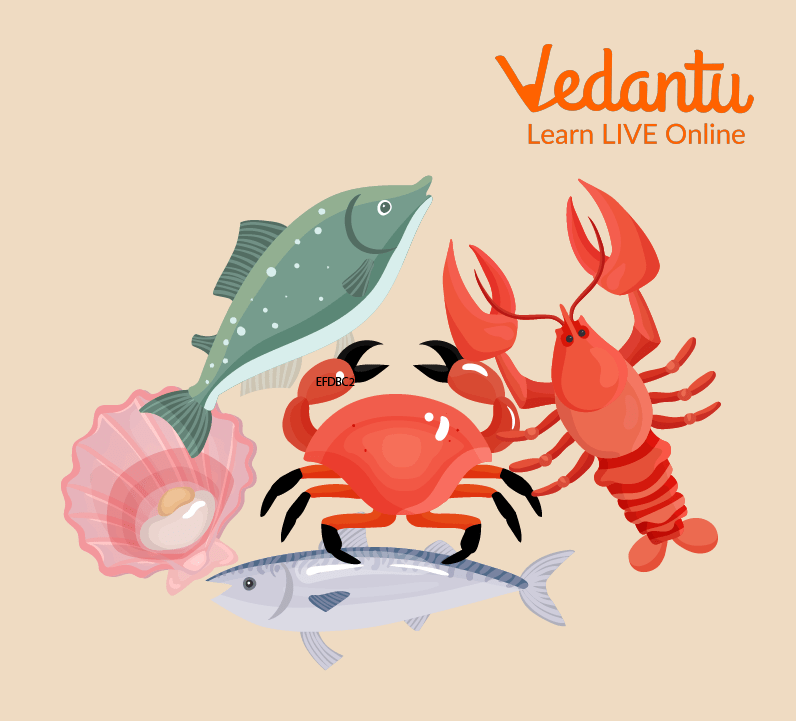Introduction to the Lobster Quadrille Poem
Lewis Carroll is the genius who wrote Alice's Adventures in Wonderland (1865) and its sequel, Through the Looking Glass (1872), and also wrote poems such as Jabberwocky. Also, the Lobster Quadrille Poem is one of his many works.
A lobster quadrille is like a square dance for lobsters: there are four dances with the partners facing up and down like on a chessboard. First, as a section of Lewis Carroll's children's book Alice's Adventures in Wonderland, this poem was initially released in 1865. The novel's tenth chapter, often known as "The Lobster Quadrille," contains it.
The Origin of the Lobster Quadrille Poem
Lewis Carroll wrote a poem titled "The Lobster-quadrille." This poetry, which appears in Alice in Wonderland, is actually a song that the Mock Turtle sings to Alice when they dance alongside the Gryphon. As a result, the poem is also known as "The Mock Turtle's Song." The turtle learned poetry from his instructor, the tortoise.

Alice and the Lobster
The Language Used in the Lobster Quadrille Poem
"The Lobster-Quadrille" was written and composed in the dialect of English. In this context, dialect refers to a local and specific form of speech made by a group of people with shared characteristics, which results in "words or phrases that are no longer used in standard English.
The Theme of the Poem
"The Lobster Quadrille" is a poem that tells the story of how Alice and the Mock Turtle used to dance in school in the story Alice in Wonderland.
Who is the Character in the Poem?
It is based on the turtle's description of it in the poem.
What is the Tone of the Poem?
It's most dramatic, as it contains descriptions of past characters, including one involving Alice.
The Meaning behind the Name of the Lobster Quadrille Poem
While they were youngsters as well as attending school beneath the sea, they used to practice a dance known as "The Lobster Quadrille." This is how the poem got its name.
What Goes on in the Lobster Quadrille Poem?
Every dancer pairs up with a lobster, and then they all toss the lobsters as far out to sea as they can. The Mock Turtle sings the poem whereas the Gryphon and Mock Turtle try to display the dance to Alice even though they are without lobsters to use.
Then the Mock Turtle invites the snail to take part in the dance known as the "Lobster Quadrille," in which participants are tossed out to sea like lobsters. The snail declines, stating that he does not wish to travel so far.
The whiting attempts to reassure the snail that there is another shore on the other side of the water, therefore what's to be afraid of. That is to say, the snail will be closer to France if he is tossed away from England. It is unknown if the snail chooses to participate in the dance or otherwise.

Lobster and Other Animals Joining the Dance
How Does the Lobster Quadrille Poem End?
After an elaborate series of actions, Alice and the turtle end up dancing together by the end of "The Lobster Quadrille.
Summary
To summarise, the Lobster Quadrille Poem is a piece of literature that is sung by the turtle. It tells the story of a dance that takes place among the various odd creatures living in the sea and how they throw lobsters out to sea. Distinguished characters are introduced, giving each of them a personal backstory. Their purposeful-at-first efforts are then put to practice in their new oceanic location, which the reader learns more about as the poem goes on and on.


FAQs on Lobster Quadrille Poem
1. What is the purpose of the poem and what do lobsters symbolise?
The purpose of this poem is to sing the whole story of a dance that takes place in the sea, where various marine creatures meet and perform various dances, with lobster being thrown out accordingly. Lobsters are considered prey, so they symbolise that they are inevitably thrown away by all these dancing marine creatures, who are more than likely predators themselves; they throw them off far away to avoid being caught themselves.
2. What is the significance of the dance?
The dance, in real life, consists of turning each other in a circle by using their tails like a wheel. You should learn this traditional aristocratic dance because it will help you take your mind off of the stressors of your day and make your life a little more enjoyable. The lobster quadrille is a very simple dance; one that you can learn in just a few hours. However, the minimum number of people needed to participate in the quadrille is four, but the more people there are, the better it will be.





